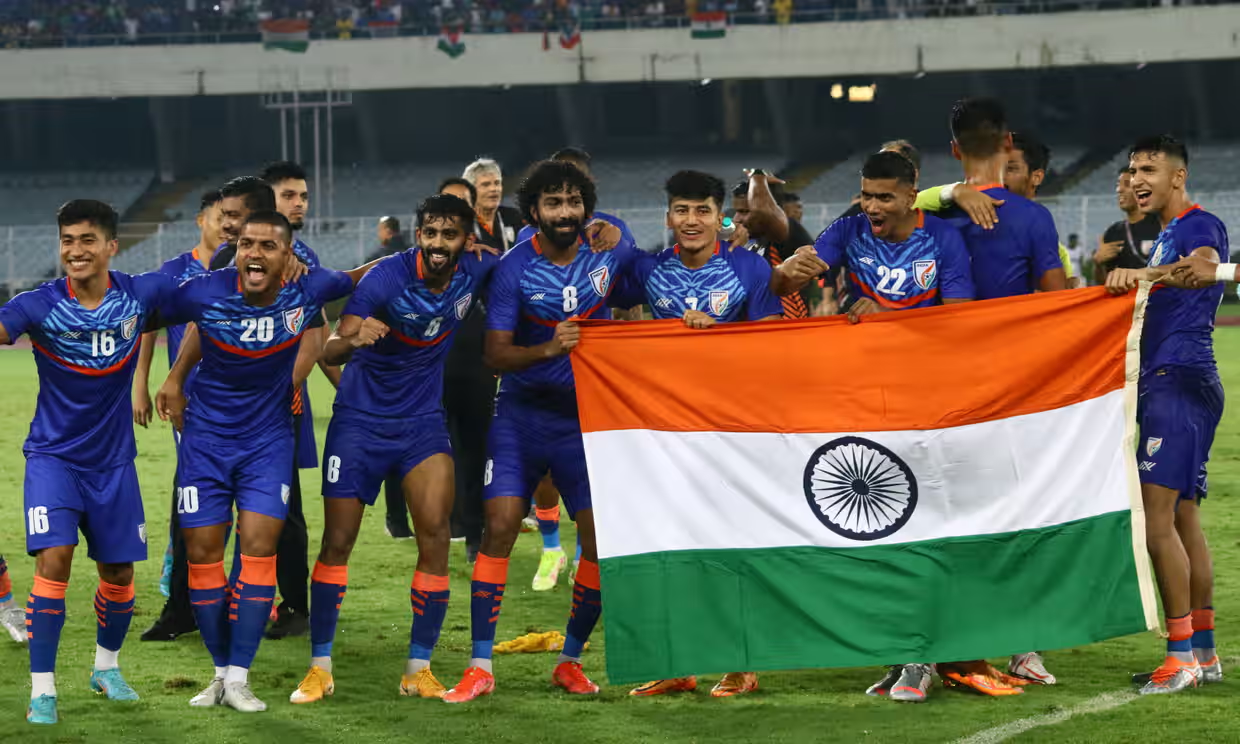The Indian sports market has experienced impressive growth in recent years. Its value in 2023 reached 15,766 crore rupees, representing an almost fourfold increase compared to its value a decade ago. Moreover, forecasts indicate continued dynamic growth. The value of the sports market in India is expected to exceed $130 billion by 2030.
It is worth emphasizing that the growth rate of this sector, at 14% per year, is twice the growth rate of India’s GDP. This trend indicates the growing importance of sports in the Indian economy and society. Importantly, this growth is not driven solely by the popularity of cricket, but also by the growing interest in other disciplines such as kabaddi and football. Additionally, data analysis indicates a significant increase in franchise fees, confirming growing investment and interest in this market.
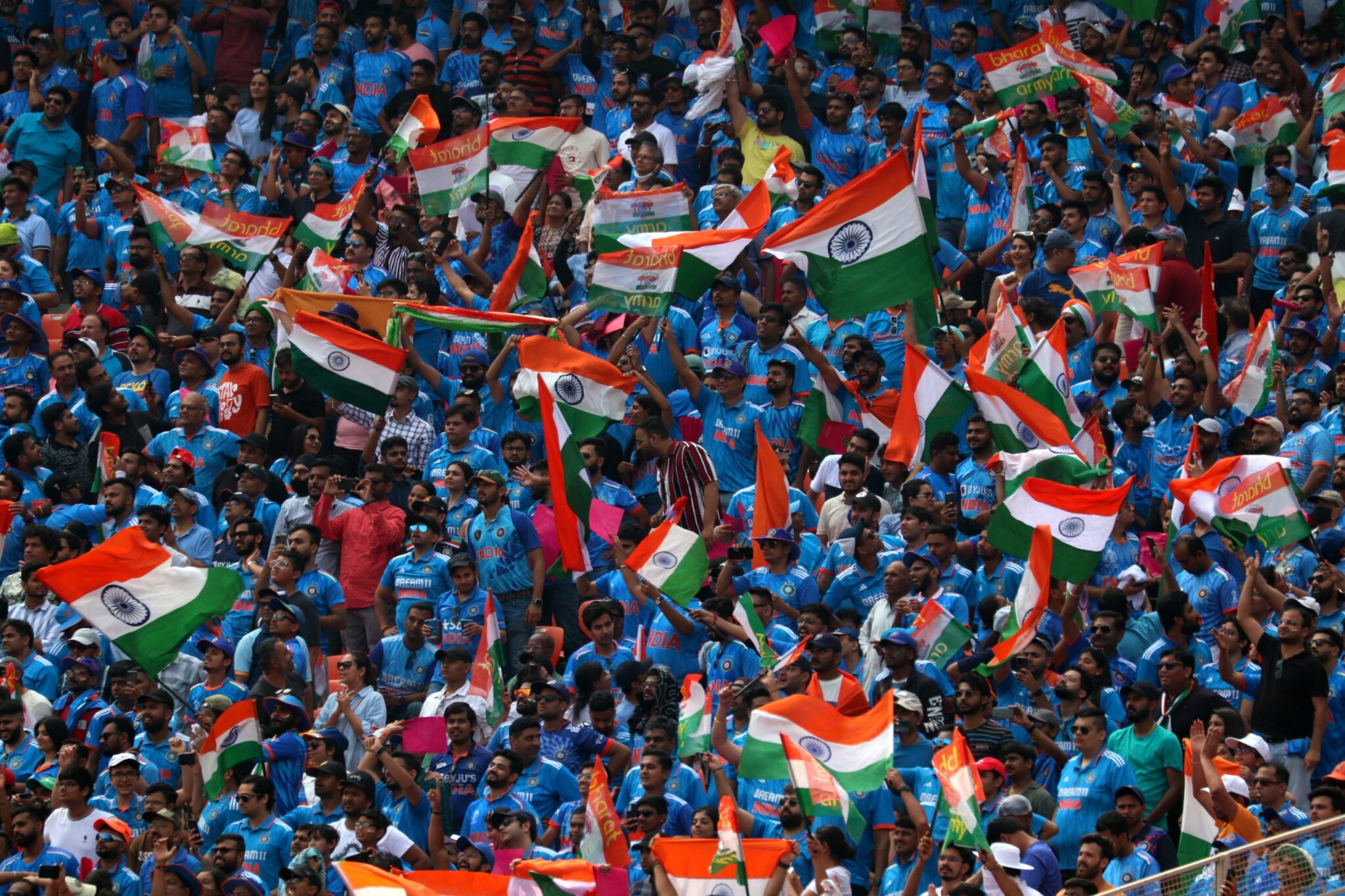
This impressive growth is fueled by a number of factors, including increasing government investment, the development of a multi-disciplinary culture, and widespread adoption of digital technologies. It is also worth noting that the development of the sports sector in India surpasses the development of key sectors such as automotive and tourism.
Factors Driving Growth:
The growth of the sports market in India is stimulated by several key factors:
Rising Disposable Incomes: With economic growth, India is experiencing a steady increase in household disposable income, which translates into higher spending on entertainment, including sports and recreation.
Growing Health Awareness: Increasing awareness of the health benefits of physical activity is driving interest in sports and recreation.
Government Initiatives: The Government of India is undertaking a number of initiatives to promote sports, such as the Khelo India program, aimed at developing sports infrastructure and supporting young talent. This program, with a budget of $350 million over three years, demonstrates the government’s commitment to the development of sports. In addition to Khelo India, the government has also introduced other programs, such as the Target Olympic Podium Scheme (TOPS), which aims to provide financial and training support for elite athletes.
Successes of Indian Athletes: The successes of Indian athletes on the international stage, such as Neeraj Chopra, Olympic gold medalist in javelin throw, inspire young people to play sports and increase interest in disciplines in which India is successful. These successes also contribute to the growing popularity of the athletes themselves, which in turn translates into greater interest from sponsors and the media.
Indians’ Interest in Sport:
Although cricket remains the most popular sport in India, there is a growing interest in other disciplines. Research shows that 90% of Indian sports fans currently follow multiple disciplines, creating broader investment opportunities in various sports sectors.
- Cricket: With 612-million fan base, cricket continues to dominate the Indian sports market, generating 87% of the industry’s revenue. The Men’s Cricket World Cup in 2023 saw record viewership, with the New Zealand vs. India match attracting around 43 million viewers.
- Kabaddi: Kabaddi is gaining popularity, attracting 208 million fans. The Pro Kabaddi League recorded record viewership, ranking second only to the Indian Premier League.
- Football: Football is also enjoying growing interest, with a fan base of 85 million.
Impact Of Social Media:
Social media plays a key role in sports content consumption in India. 47% of engaged fans actively use social media to follow sports, exceeding the global average of 33%. Platforms such as Facebook, X (Twitter) and Instagram have become virtual stadiums where fans discuss matches, share emotions, and interact with their favorite teams and athletes. The Indian Premier League (IPL) in 2023 recorded a total of 2 billion social media interactions, demonstrating the scale of fan engagement.
Popularity of Athletes:
With the development of sports in India, the popularity of Indian athletes is also growing. Interestingly, their popularity is on par with that of cricketers and Bollywood stars, indicating a shift in the advertising landscape. Neeraj Chopra, Olympic gold medalist in javelin throw, is currently one of the most recognizable athletes in India. His successes have contributed to the increased interest in athletics in India. Other popular athletes include Hardik Pandya (cricket), Vinesh Phogat (wrestling), and Lakshya Sen (badminton).
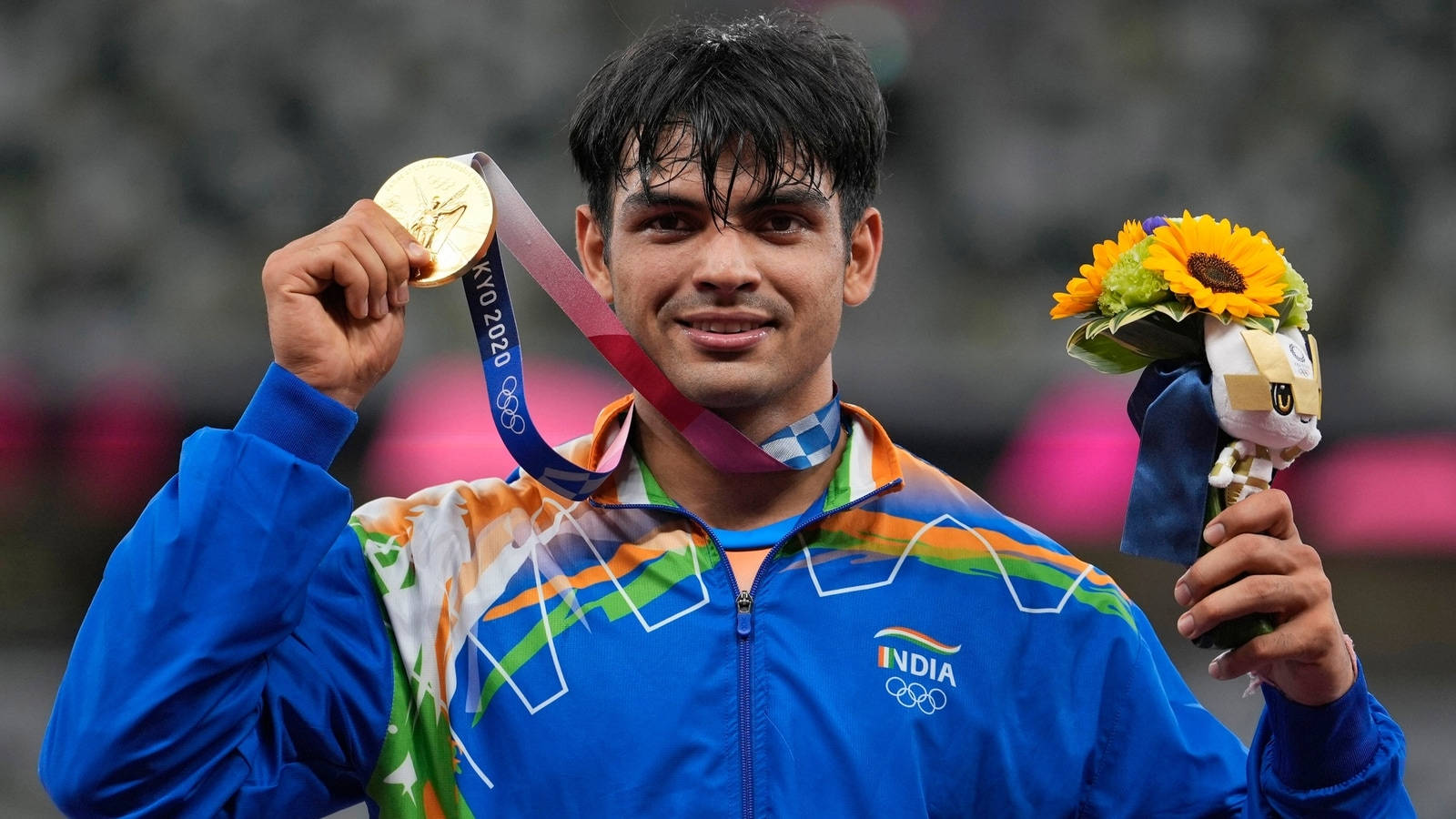
Global Brands & Federations:
Global brands and sports federations recognize the growing potential of the Indian market and are actively involved in its development. Here are some ways in which they are leveraging this potential:
- Sponsoring Indian athletes and teams: Brands such as Adidas, Puma, and Reliance Foundation sponsor Indian athletes and teams, increasing their visibility in the market and building consumer loyalty. For example, Adidas became the official kit sponsor of the Indian cricket team.
- Investing in sports infrastructure: Companies such as JSW Group are investing in modern sports facilities, such as the Inspire Institute of Sports, contributing to the development of sports infrastructure in India.
- Marketing sports products and services: Global brands are leveraging the growing interest in sports in India to promote their products and services, using marketing strategies tailored to local preferences.
- Collaborating with sports federations: Collaboration with Indian sports federations, such as the All India Football Federation or Athletics Federation of India, allows global organizations to reach a wider audience and promote their disciplines.
Challenges & Opportunities:
Despite dynamic growth, the Indian sports market faces a number of challenges:
- Lack of adequate infrastructure: Many regions in India lack modern sports infrastructure, which hinders talent development and the organization of high-level sporting events.
- Need for greater investment in grassroots sports development: Greater investment is needed in youth training and talent identification at an early stage of development.
- Uneven development of disciplines: The dominance of cricket often overshadows other disciplines, leading to an uneven distribution of resources and media attention.
- Governance and Transparency: There is a problem of lack of transparency and accountability of sports federations and organizations in Indian sports. Despite government regulations, these organizations enjoy unlimited and monopolistic influence over the sports they manage.
- Role of educational institutions: Educational institutions play an important role in promoting sports. Unfortunately, many regions in India struggle with a lack of basic sports facilities such as sports fields, training centers and gyms. Rural areas in particular often suffer from serious shortcomings in this regard. Without access to adequate facilities, young athletes cannot train effectively or compete at higher levels.
At the same time, the sports market in India offers many opportunities:
- Growth potential in new disciplines: There is great growth potential in disciplines such as badminton, football, wrestling and motorsports.
- Development of sports technology: Digital technologies, such as virtual reality (VR) and augmented reality (AR), offer new opportunities to engage fans and improve athlete training.
- Development of women’s sport: In recent years, there has been a growing interest in women’s sports in India, creating new opportunities for female athletes and brands promoting women’s sports.
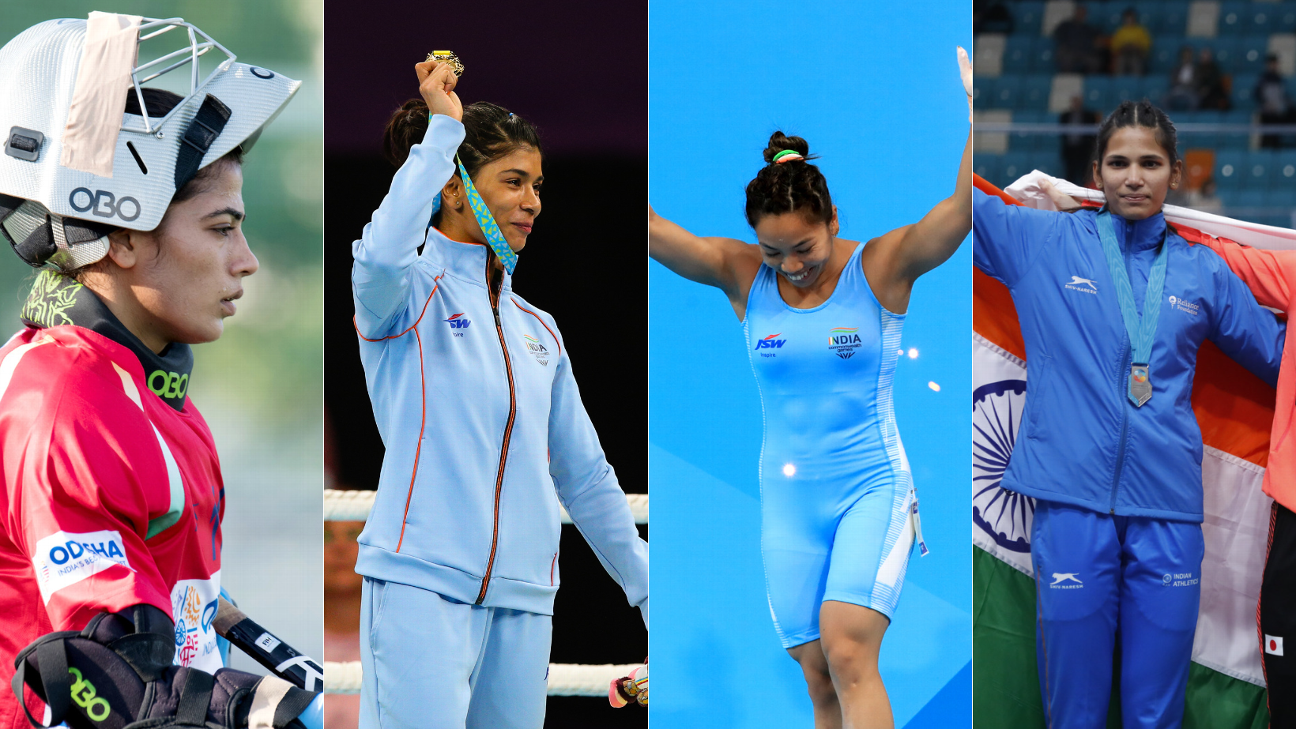
Impact Of Sports On Indian Society:
Sport plays an important role in Indian society, contributing to:
- Promoting health and fitness: Sport encourages an active lifestyle, which has a positive impact on public health.
- Developing national pride: The successes of Indian athletes on the international stage strengthen the sense of national pride and unite society.
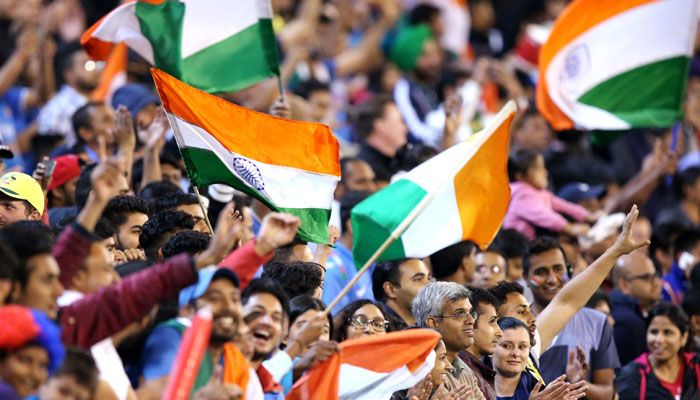
- Creating economic opportunities: The development of the sports market creates new jobs and generates revenue for the economy. A report by Google and Deloitte predicts that by 2030 the sports sector could create up to 10.5 million jobs and generate $21 billion in indirect tax revenue.
Impact Of Globalisation:
Globalization has a significant impact on Indian sport, opening new markets for Indian athletes and attracting international investment. Collaboration with global brands and sports federations contributes to the development of sports in India. Globalization has also affected the growth of imports and exports of sporting goods in India.
Trade liberalization in the 1990s facilitated the entry of international sports brands into the Indian market, leading to an increase in imports of high-quality sports equipment. At the same time, Indian manufacturers have benefited from access to international markets, leading to an increase in exports of sporting goods.
EMW’s Perspective
India is on track to become a sports-oriented country. The dynamic growth of the sports market, the growing interest in sports, and the successes of Indian athletes on the international stage demonstrate the enormous potential of this industry. Global brands and sports federations have a key role to play in the further development of sports in India.
There are many opportunities for brands looking to establish themselves in this market, such as sponsoring Indian athletes and teams, investing in sports infrastructure, and marketing sports products and services. At the same time, it is important that these brands support grassroots sports development and promote the sustainable development of various sports disciplines.
Sport in India is not only entertainment, but also an important factor influencing society and the economy. Sport promotes a healthy lifestyle, strengthens national pride and creates new economic opportunities.


